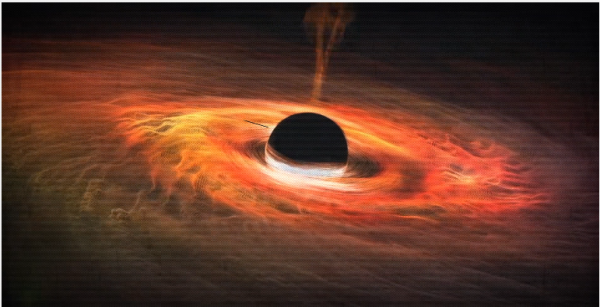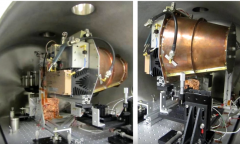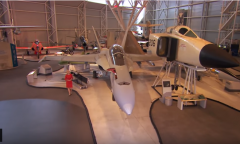By Charissa Echavez, | April 18, 2017

Eight telescopes from three continents have collaborated to image a supermassive black hole at the heart of the Milky Way. (YouTube)
Astronomers have successfully captured the image of a black hole by training eight telescopes from three continents.
Since supermassive black holes cannot be imaged by a single telescope, a network of observatories teamed up to form a telescope array called the Event Horizon Telescope (EHT). Scientists targeted the closest supermassive black hole from Earth, the Sagittarius A*, which is lurking at the heart of the Milky Way, about 26,000 light years away from the planet, and four million times bigger than the sun.
Like Us on Facebook
To capture supermassive black holes, each telescope was trained to focus on a different section of the black hole. The data were then collated, and a photo of the black hole was collated and assembled.
"Instead of building a telescope so big that it would probably collapse under its own weight, we combined eight observatories like the pieces of a giant mirror," Micheal Bremer, an astronomer from the International Research Institute for Radio Astronomy and a project manager for the EHT, said.
"This gave us a virtual telescope as big as Earth - about 10,000 kilometers in diameter," he continued, noting that the telescope array could even find a golf ball on the moon.
The telescopes used for the EHT include the 30-meter IRAM telescope that lies in the Spanish Sierra Nevada mountains, the South Pole Telescope in Antarctica, the James Clerk Maxwell Telescope in Hawaii, and the Atacama Cosmology Telescope in Chile.
Scientists conducted the study of the Sagittarius A* between April 6 and 11, gathering about 10 petabytes of data (some 500 terabytes per station). The data was collected and flown on jetliners to the MIT Haystack Observatory in Massachusetts, where it will be processed by supercomputers.
"For the first time in our history, we have the technological capacity to observe black holes in detail," Bremer said. "The images will emerge as we combine all the data, but we're going to have to wait several months for the result."
-
Use of Coronavirus Pandemic Drones Raises Privacy Concerns: Drones Spread Fear, Local Officials Say

-
Coronavirus Hampers The Delivery Of Lockheed Martin F-35 Stealth Fighters For 2020

-
Instagram Speeds Up Plans to Add Account Memorialization Feature Due to COVID-19 Deaths

-
NASA: Perseverance Plans to Bring 'Mars Rock' to Earth in 2031

-
600 Dead And 3,000 In The Hospital as Iranians Believed Drinking High-Concentrations of Alcohol Can Cure The Coronavirus

-
600 Dead And 3,000 In The Hospital as Iranians Believed Drinking High-Concentrations of Alcohol Can Cure The Coronavirus

-
COVID-19: Doctors, Nurses Use Virtual Reality to Learn New Skills in Treating Coronavirus Patients













